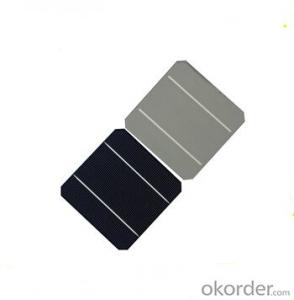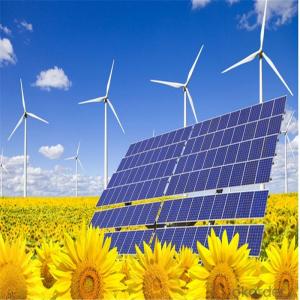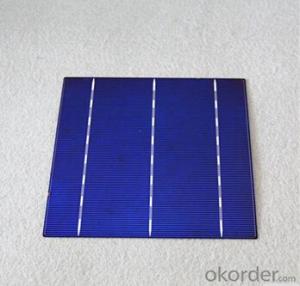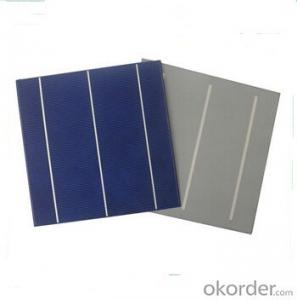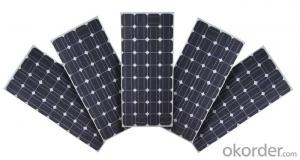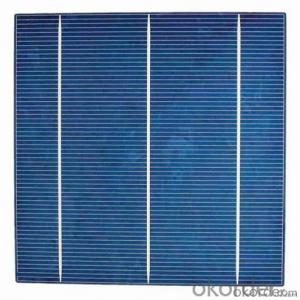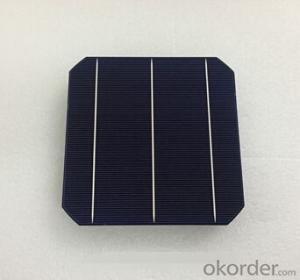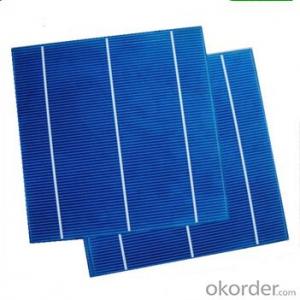Biogenic Solar Cells
Biogenic Solar Cells Related Searches
Except For Solar Cells Weegy Problems With Solar Cells High Power Solar Cells Light Trapping In Solar Cells High Performance Solar Cells High Output Solar Cells High Wattage Solar Cells Energy Transfer In Solar Cells High Efficiency Hvac Systems Recombination In Solar CellsHot Searches
Cheap Solar Cells For Sale Flexible Solar Cells For Sale Q Cells Solar Panels For Sale Printed Solar Cells For Sale Bulk Solar Cells For Sale 6x6 Solar Cells For Sale Broken Solar Cells For Sale Cpv Solar Cells For Sale Photoelectric Cells For Sale Price Of Silicon Solar Cells Price Of Solar Cells Over Time Buy Solar Cells From China Cheap Solar Cells China Best Type Of Solar Cells Flexible Solar Cells Price Q Cells Solar Panels Price 3 Types Of Solar Cells Production Of Solar Cells Common Types Of Solar Cells Q Cells Solar Panel PricesBiogenic Solar Cells Supplier & Manufacturer from China
Okorder.com is a professional Biogenic Solar Cells supplier & manufacturer, offers integrated one-stop services including real-time quoting and online cargo tracking. We are funded by CNBM Group, a Fortune 500 enterprise and the largest Biogenic Solar Cells firm in China.Hot Products
FAQ
- Yes, solar cells are environmentally friendly. They produce clean and renewable energy by converting sunlight into electricity without emitting harmful greenhouse gases or pollutants. Additionally, solar cells have a long lifespan and can be recycled at the end of their life, minimizing their environmental impact.
- Anybody ever heard of solar roll flexible solar panel?
- It could be a portable solar panel charges your digital camera, camcorder, GPS, and satellite phone. Expedition members no longer need to pack heavy batteries for their worldwide journeys.
- Can a solar cell be used in commercial buildings?
- The answer is absolutely yes!
- Yes, solar cells can be used in commercial buildings. They are increasingly being installed on rooftops and facades of commercial buildings to generate clean and renewable energy. Solar cells help reduce electricity costs and reliance on the grid while also contributing to the overall sustainability and environmental footprint of commercial buildings.
- The main difference between a monocrystalline and polycrystalline solar cell lies in their composition and manufacturing process. Monocrystalline solar cells are made from a single, high-purity silicon crystal. This results in a uniform structure with a consistent and orderly arrangement of atoms. Monocrystalline cells are known for their high efficiency and sleek appearance, as they typically have a black or dark blue color. On the other hand, polycrystalline solar cells are made from multiple silicon crystals. These crystals are smaller and not as perfectly aligned, leading to a more random arrangement of atoms. Polycrystalline cells are usually recognizable by their bluish hue and a fragmented appearance. In terms of efficiency, monocrystalline solar cells tend to have a slightly higher efficiency rate compared to polycrystalline cells. However, recent advancements in technology have narrowed this efficiency gap, and polycrystalline cells are now approaching the efficiency levels of monocrystalline cells. Another difference is the cost. Monocrystalline solar panels are generally more expensive due to the higher purity of silicon required and the more complex manufacturing process. Polycrystalline panels, on the other hand, are more cost-effective and offer a lower price per watt. In summary, while monocrystalline solar cells have higher efficiency and a more uniform appearance, polycrystalline cells are more cost-effective and have made significant improvements in efficiency in recent years. The choice between the two ultimately depends on individual preferences, budget, and specific project requirements.
- The history of solar cells
- Was first applied to cardiac pacemakers. As the lithium battery self-discharge rate is very low, the discharge voltage is gentle. Making the pacemaker implanted in the human body as long as possible. Lithium batteries are generally higher than the nominal voltage of 3.0 volts, more suitable for integrated circuit power. Manganese dioxide batteries, widely used in computers, calculators
- Yes, solar cells can be used for refrigeration through the use of photovoltaic (PV) systems. These systems convert sunlight into electricity, which can then power refrigeration units. This allows for the generation of cold temperatures and preservation of perishable goods, making solar cells a viable option for refrigeration in areas without access to traditional power grids.
- Solar cells have a significant positive impact on carbon emissions as they generate electricity without producing any greenhouse gas emissions. By harnessing the sun's energy, solar cells reduce our reliance on fossil fuels for power generation, ultimately helping to mitigate climate change and reduce carbon emissions.





















